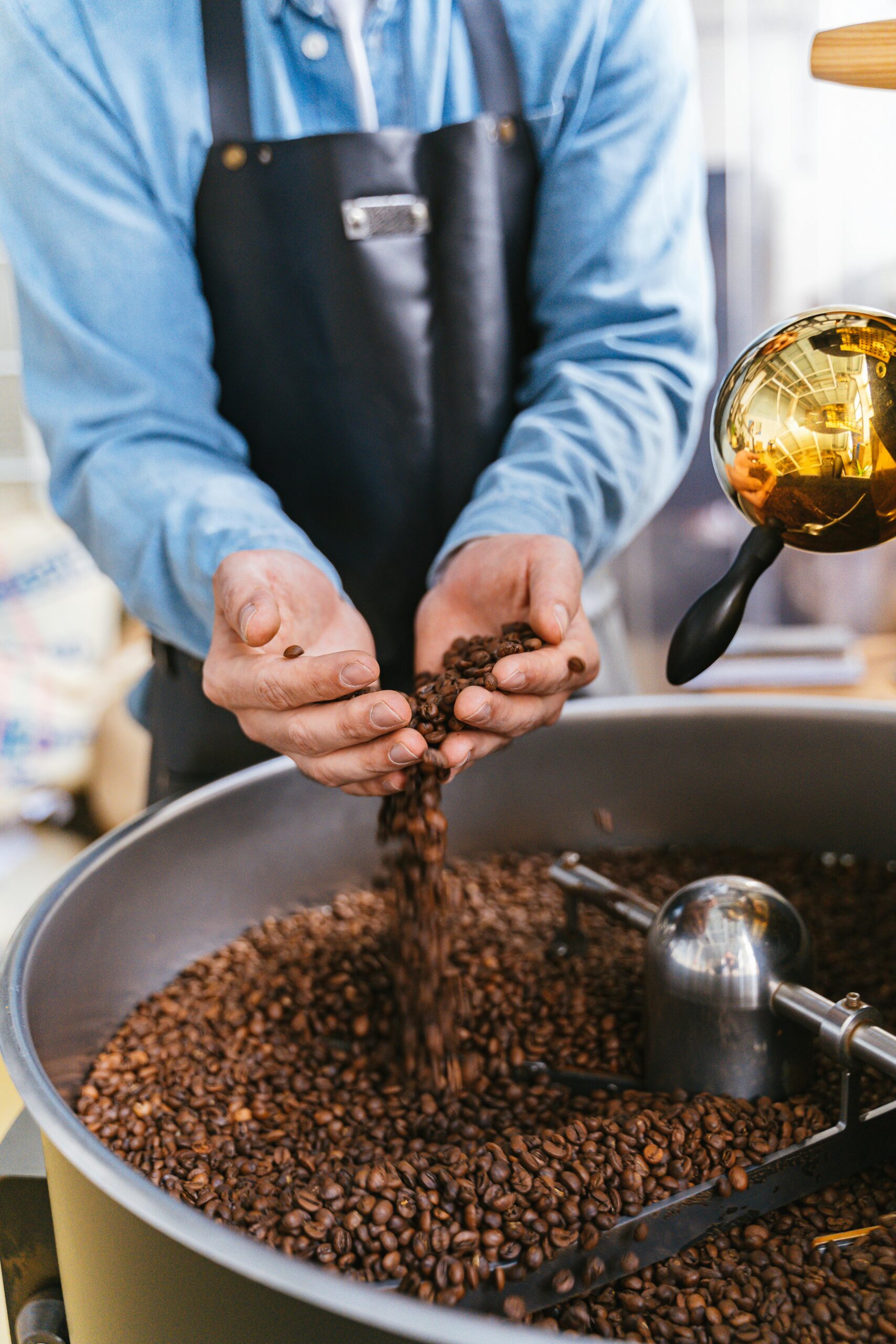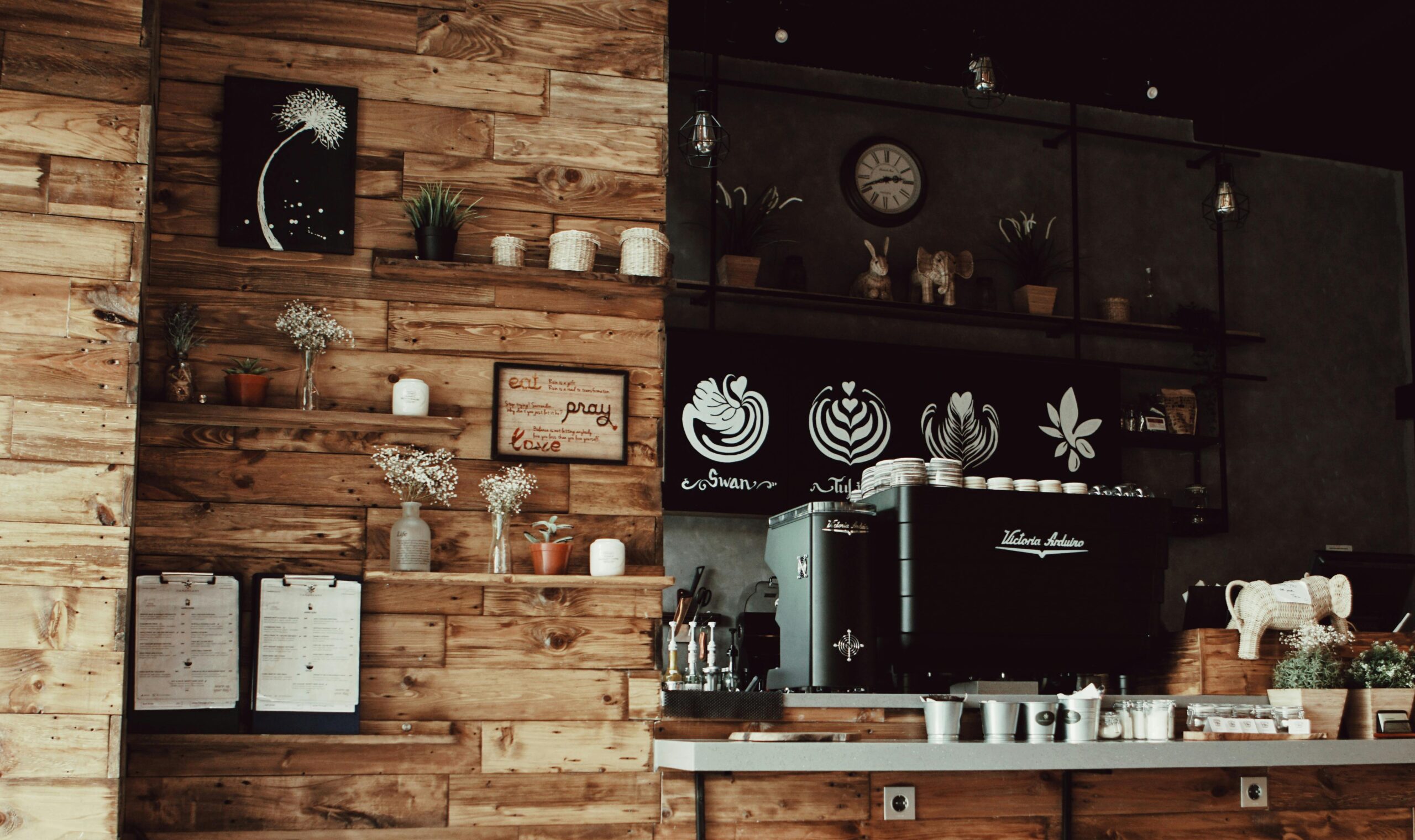There’s nothing quite like the aroma of freshly roasted coffee beans. That rich, complex scent signals the start of something special—a perfect cup of coffee. But before coffee reaches your mug, it undergoes a fascinating transformation, and the roasting process is where the magic happens. As a coffee enthusiast, I’ve always been fascinated by how roasting brings out the depth of flavors hidden within each bean. If you’ve ever wondered how coffee roasting works and how it influences the taste of your daily brew, let’s dive into the journey from bean to cup.
1. Understanding the Coffee Bean’s Journey
Before roasting, coffee beans are actually green in color and have a grassy aroma. These raw beans come from coffee cherries grown in regions known as the “Coffee Belt,” which spans countries in South America, Africa, and Asia. Each bean’s origin plays a crucial role in its flavor profile, but it’s the roasting process that unlocks those unique characteristics.
Roasting is both an art and a science. It requires precise temperature control, timing, and an understanding of how heat affects the beans’ natural sugars, oils, and acids. Even the slightest variation in roasting can significantly impact the flavor, aroma, and body of the coffee.
2. The Coffee Roasting Process
The roasting process consists of several key stages, each of which contributes to the final taste and texture of the coffee:
- Drying Phase: Green coffee beans contain moisture, so the first stage of roasting involves gently heating them to remove excess water. This stage takes place at around 300°F (150°C) and prepares the beans for the next phase.
- First Crack: As the beans continue to heat, they begin to expand and make a cracking sound—similar to popcorn popping. This is called the first crack, and it marks the point where the beans start developing their characteristic flavors.
- Development Stage: After the first crack, roasters closely monitor the beans to determine their final roast level. The longer the beans are roasted, the darker they become, which leads to different flavor profiles.
- Second Crack (for Dark Roasts): If the roasting continues, a second crack occurs, releasing more oils from the beans and creating the bold, smoky flavors found in dark roasts.
- Cooling Phase: Once the desired roast level is reached, the beans are rapidly cooled to stop the roasting process and preserve their flavors.
3. Roast Levels and Their Impact on Flavor
Roast levels play a significant role in determining the taste of your coffee. Here’s a breakdown of the most common roast types:
- Light Roast: These beans are roasted for the shortest time, usually stopping after the first crack. They have a light brown color and retain more of the bean’s original flavors, resulting in bright acidity and floral or fruity notes.
- Medium Roast: A balance between acidity and body, medium roasts are slightly darker and offer a richer, well-rounded flavor. This is often the roast of choice for those who enjoy both complexity and smoothness.
- Dark Roast: Beans roasted beyond the second crack develop a deep, bold flavor with a smoky, sometimes bitter edge. Dark roasts have less acidity and more body, making them a favorite for espresso lovers.
4. How Roasting Affects Caffeine Levels
There’s a common myth that dark roasts have more caffeine than light roasts, but the truth is a bit more nuanced. While light roasts retain more of their natural caffeine content per bean, dark roasts are less dense, meaning that when measured by volume, they may have slightly less caffeine. However, when measured by weight, the caffeine content is roughly the same.
5. Roasting at Home vs. Professional Roasting
For those who love experimenting, home roasting is an exciting way to explore different flavors and customize your coffee experience. Small home roasters allow coffee lovers to roast their own beans, adjusting the heat and duration to their preference. However, professional roasters have years of expertise and access to high-quality equipment that ensures consistency and precision, delivering the perfect roast every time.
6. From Roasted Beans to Your Cup
Once coffee beans are roasted, they need time to rest. Freshly roasted beans release carbon dioxide in a process called degassing, which affects the extraction process when brewing. Ideally, coffee should be brewed 3-7 days after roasting for the best flavor.
Grinding your beans just before brewing ensures maximum freshness. The grind size should match your brewing method—coarse for French press, medium for drip coffee, and fine for espresso. Finally, using filtered water and the right brewing temperature (around 195-205°F) will help bring out the best flavors from your perfectly roasted beans.
Final Thoughts
Coffee roasting is a beautiful blend of science and craftsmanship, transforming simple green beans into the rich, flavorful coffee we love. Whether you enjoy light, medium, or dark roasts, understanding the roasting process gives you a deeper appreciation for every cup. Next time you take a sip of your favorite brew, take a moment to appreciate the journey those beans have taken—from farm to roaster, and finally, to your cup.





